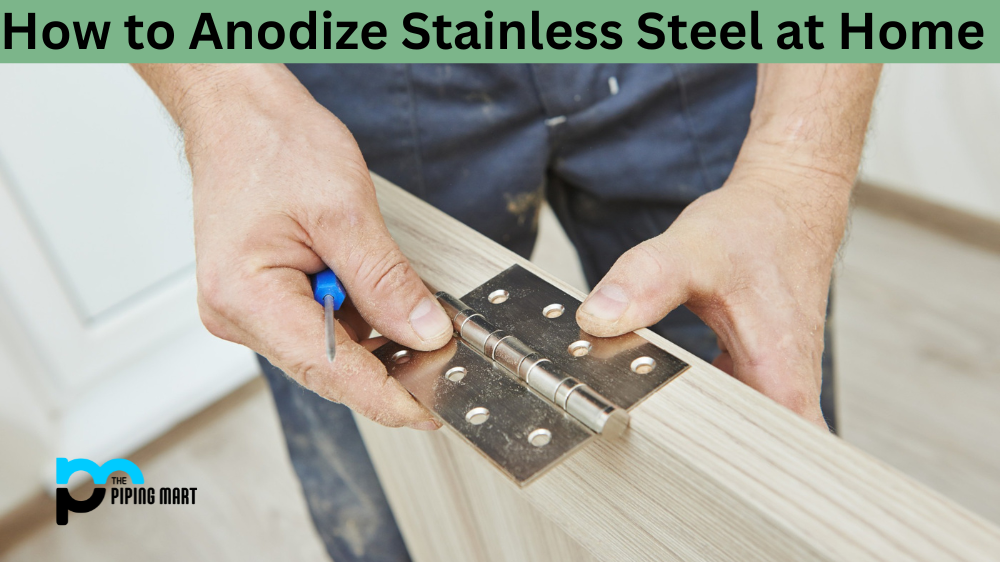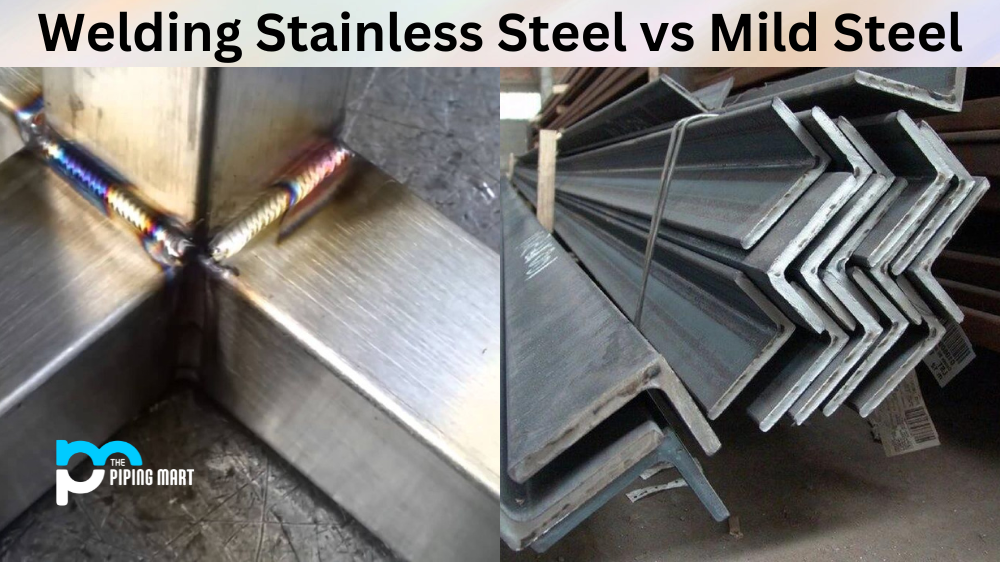Anodizing stainless steel is a process that can be intimidating for the uninitiated. After all, it involves electricity and chemistry — two fields that are often seen as difficult to understand. But if you take the time to learn how to anodize stainless steel, it’s a surprisingly straightforward process. Read on to find out how to anodize stainless steel in the comfort of your own home.
What Is Anodizing?
Anodizing is a metal finishing process that increases the corrosion resistance and wears resistance of metal surfaces. It’s most commonly used on aluminum but can also be used on other metals such as titanium, zinc, magnesium, and even stainless steel. The anodizing process involves submerging the metal part in an electrolytic solution and applying a direct current (DC) voltage between the part and a cathode placed in the solution. This causes microscopic pores to form on the surface of the metal part, creating an oxide layer with excellent corrosion protection properties.
Materials Needed for Anodizing Stainless Steel
Before you begin anodizing stainless steel at home, you’ll need to gather some materials. The most important items are a power supply (12V or higher), battery charger/rectifier (6V or higher), aluminum sheeting for use as a sacrificial anode, sodium hydroxide solution (NaOH), baking soda solution (NaHCO3), distilled water, plastic container for use as a tank, rubber gloves & safety glasses for protection from chemicals, and finally stainless steel parts to be anodized. Once you have all these materials ready, you can start preparing your work area for the job ahead.
Preparation Steps Before Anodizing Stainless Steel
Set up your tank by filling it with distilled water and adding in 2 tablespoons of sodium hydroxide per gallon of water until it reaches pH 11-12. Make sure that all parts are clean before putting them into the solution — dirt or debris will interfere with the proper adhesion of the oxide coating later on. Connect your power supply or battery charger/rectifier to your sacrificial aluminum sheeting using copper wire or copper clips — this will act as your cathode while you’re anodizing stainless steel parts in the solution. Finally, make sure that all electrical connections are secure, so there won’t be any issues when applying direct current voltage during the actual anodization process later on.
Conclusion:
Anodizing stainless steel at home is actually not as complicated as it may seem at first glance! With just some basic materials and knowledge of how to safely handle electrical equipment and chemicals, anyone can do their own metal finishing at home without having to hire professionals or spend lots of money on specialized tools or equipment. Just remember that safety should always come first — make sure you protect yourself from electric shock by wearing rubber gloves & safety glasses when handling electrical components in water solutions! With these tips in mind, you’re ready to start anodizing stainless steel right away! Good luck!

Pipingmart is a B2B portal that specializes in metal, industrial and piping items. Additionally, we share the latest information and information about materials, products and various types of grades to assist businesses that are involved in this business.




